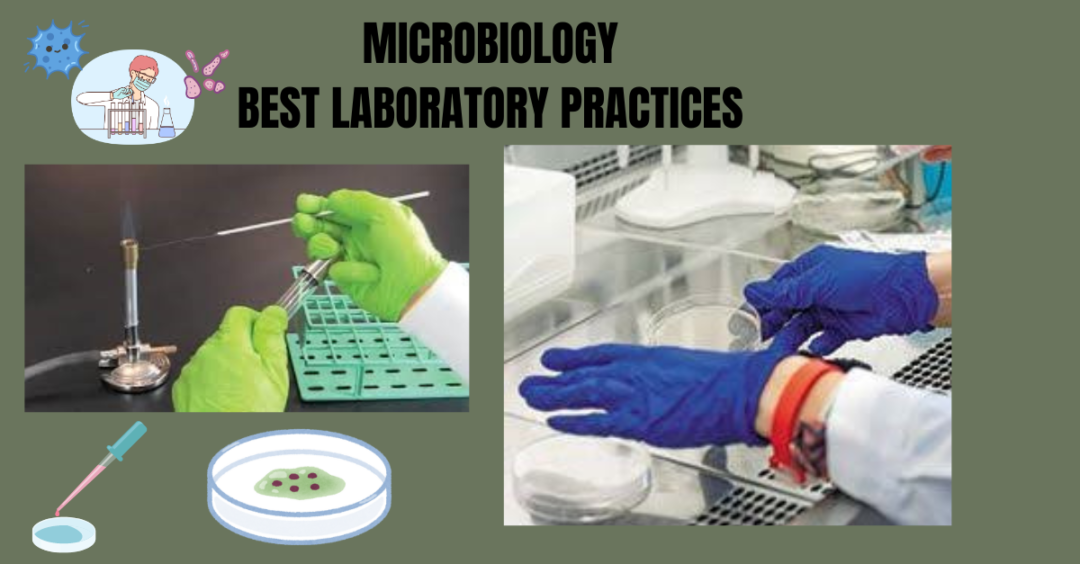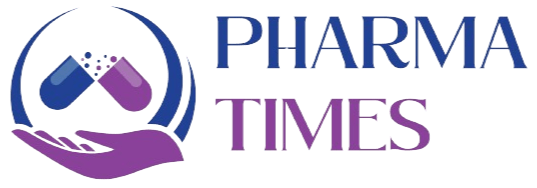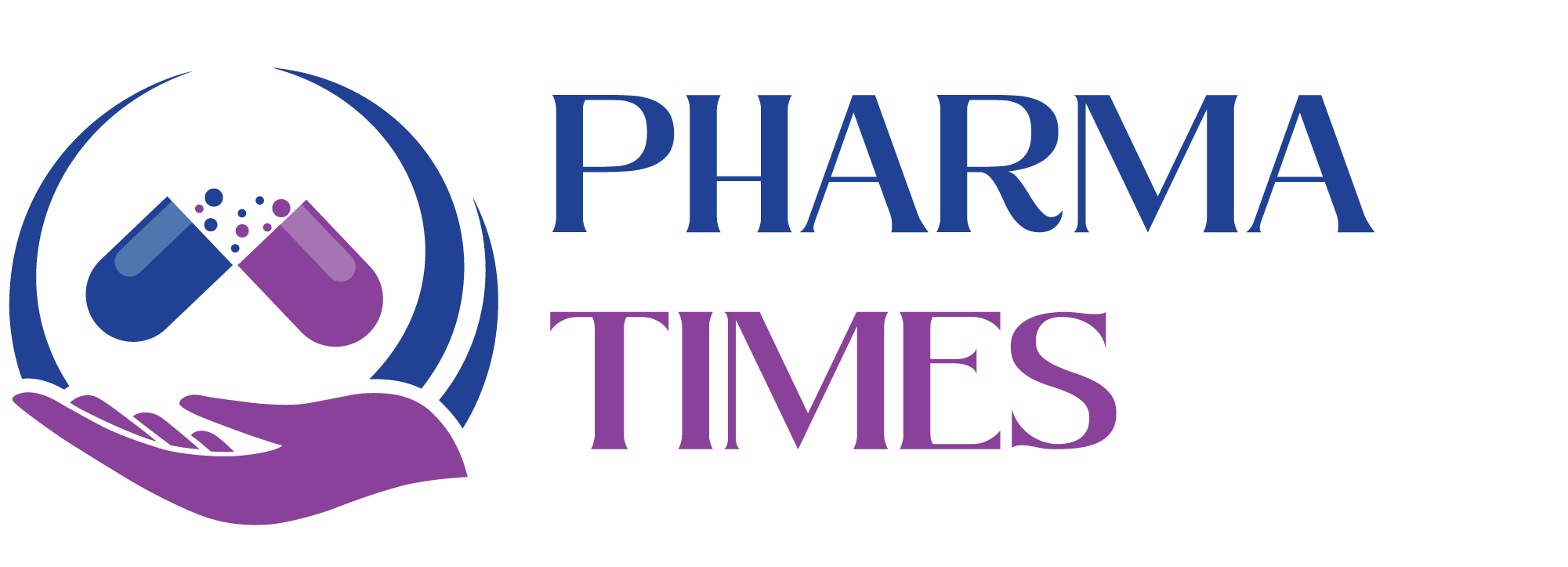Microbiology Best laboratory practices

Microbiology laboratory Practices
SOP Title: Microbiology Best Laboratory Practices
Purpose: To ensure reliability and reproducibility of microbiological testing through adherence to proper aseptic techniques, control of materials, equipment operations, documentation, and training.
Scope: Applies to all personnel, procedures, materials, and equipment involved in microbiological testing in the laboratory.
Responsibilities:
Microbiologist: Following procedures in this SOP, documenting work, and reporting deviations.
QCD in charge/Supervisor: Overseeing implementation of this SOP, providing resources and training.
Quality Assurance: Approving the SOP, evaluating investigations, and efficacy of corrective actions.
Procedure:
Microbiology laboratories generate critical quality data for pharmaceutical products, this SOP provides a comprehensive framework for implementing best laboratory practices in facility design, procedures, documentation, and personnel qualifications to ensure microbiological data meets regulatory compliance and quality standards.
Facilities and Laboratory Layout
Laboratory Layout:
Clean/aseptic area with HEPA-filtered air, positive pressure, and stringent environmental controls for handling sterile materials and samples. Access shall be restricted to the Microbiology laboratory.
The culture handling area for microbial subculturing, identification, and straining procedures should be designed in such a way as to avoid cross-contamination to ensure safe handling.
Separate the areas with anterooms and have a unidirectional flow from the testing area to the culture handling areas.
Gowning requirements for testing area/culture handling area:
Minimum gowning requirements for the testing/culture handling area shall include:
a) Sterilized front-opening gowns
b) Wearing of shoe covers
c) Use of hair covers/ caps
d) Proper masking with face/nose masks
Use Class II biological safety cabinets for aseptic operations like sample handling, media transfers, and subculturing. Verify the Laminar airflow and biosafety cabinets once in 6 months.
Dedicate the following equipment separately for aseptic and culture handling operations:
Incubators
Refrigerators/freezers
Water baths
Biological safety cabinets/Laminar Airflow benches.
Microscopes
Procedures should be available for:
Decontamination of Biohazard materials
Men and Material Movement
Effective facility cleaning and decontamination.
Environmental Monitoring
Use sterilized or decontaminated equipment/materials shall be used for environmental sampling in controlled areas.
Pre-incubate all media used for environmental monitoring for at least 48 hours before use. Ensure that no contamination is there in plates to be used for EVM activities in a clean room.
Perform Growth promotion testing of each prepared media.
Validate environmental monitoring methods including:
Sampling locations selection
Time of sampling
Incubation conditions
Data evaluation criteria and trending
Media Preparation
Use dehydrated media from approved manufacturers or suppliers. Follow the supplier’s formulation instructions for preparing in-house lots.
For media preparation use purified water which meets USP/EP requirements.
Conduct weighing by using calibrated balances and weighing procedures.
Pre Heat for dissolving the agar, mix, and dispense media under controlled conditions per manufacturer instructions.
Sterilization procedures:
For autoclaving, validate cycles at 121°C for 15+ minutes achieving a Sterility Assurance Level of 10-6.
For filtration, use 0.22-micron filters, and validate filter integrity procedures.
For heat-sensitive media, use the boiling method as per the manufacturer’s recommendation.
Perform Quality control testing on each batch:
Check pH at 20-25°C after cooling, PH should be maintained as per the recommended range by the manufacturer.
Visual inspection shall be done for appearance, cloudiness, precipitates, etc. any such observed, that lot cannot be used for testing.
Growth promotion testing shall be done with appropriate ATCC strains as recommended in USP/EP.
After completion of incubation Document the media qualification results.
Establish expiry based on stability study/ Hold time study data at the end of the proposed shelf life including growth promotion.
Storage conditions:
Protect prepared plates and tubes from light exposure
Store the media at temperature as per manufacturer’s recommendations
Use moisture-resistant packaging for storing of agar media plates.
Culture Maintenance
Obtain seed stock cultures from authorized suppliers like ATCC. Confirm identity and purity upon receipt.
Prepare seed lot cultures by suspending seed stock in cryoprotectant like 20% glycerol, dispense in cryovials, store at -70°C or below.
Prepare working cultures quarterly by subculturing from seed lot onto plates/slants.
Restrict total number of subcultures from original to 5 passages.
Maintain records tracing each working culture to the original seed lot, including:
Organism name and identifying characteristics
Source/supplier, date received
Subculture/transfer numbers
Bio balls (readymade cultures) can be used as standard cultures in Microbiology laboratory.
Equipment
Qualify equipment like incubators, biological safety cabinets, autoclaves, per methods:
Installation qualification
Operational qualification
Performance qualification
Preventative maintenance shall be done by following manufacturer’s instructions and PM schedule.
Calibration of Microbiology instruments/equipments shall be done as below, but not limited to.
Temperature mapping of ovens, incubators, etc.
Calibrating thermometers/sensors
Certifying biological safety cabinets
Validating autoclave cycles
Calibrate monitoring equipment like pH meters annually against certified standards.
Maintain logs for use, maintenance, calibration, and monitoring data for each equipment.
Aseptic Techniques and Personnel
Gowning:
Hand sanitizing with antimicrobial soap and sanitizer
Dedicated front-opening gowns
Shoe covers, headcaps, face masks
Sterile gloves
Aseptic practices:
Segregate sterile and non-sterile materials
Disinfect materials/supplies transferred to clean areas
Work in a uni-directional manner in biological safety cabinets
Minimize exposure times of sterile materials
Use sterile materials for analysis
Decontamination when transferring biohazard materials to other area:
Remove outer contaminated gloves/gowns
Surface disinfection of materials before transfer
Hand hygiene before gowning
Biosafety procedures per [BSL-2/BSL-3] requirements for organism risk group, including:
Effective inactivation and decontamination procedures
Wearing of proper PPE
Training on handling of Bio hazards and containments
Personnel training:
Initial qualification by demonstration of competency by Analyst qualification
Periodic re-qualification and review of methods
Training documentation maintained in learning management system
Supervisors must have:
Qualified in microbiology degree or related field
Minimum 3 years of relevant microbiological experience
Documentation
Worksheets for each test including:
Test details like procedure, materials, equipment, analysts
Calculations and test observations
Deviations if any from approved methods, corrective actions taken
Signature/date by analyst
Secondary review process:
Reviewer has equivalent training as analyst
Reviewer qualification
Verifies calculations, approves deviations
Signs/dates after review
Data handling as per Data integrity principles:
Permanent ink for recording
Single-line cross-outs for corrections, initialed
Computerized data systems shall be validated
Archiving records:
Scan/store worksheets for permanent archive
Maintain archive as per company policy
Protect integrity with temperature/humidity controls
Deviations and Investigations
Initiate investigation per approved procedures for:
Out-of-specification results
Potential lab errors like failed controls
Departures from methods/SOP
Suspect data
Evaluation considerations:
Laboratory conditions at time of possible incident
Analyst procedures and potential for contamination
Characteristics of material tested
Established variability of the test method
CAPA:
Define problem and root cause
Implement corrective action related to root cause
Preventive actions to improve system
Effectiveness verification of CAPA
- Author: Bhavana Tatineni
- Qualification: MSc Microbiology

